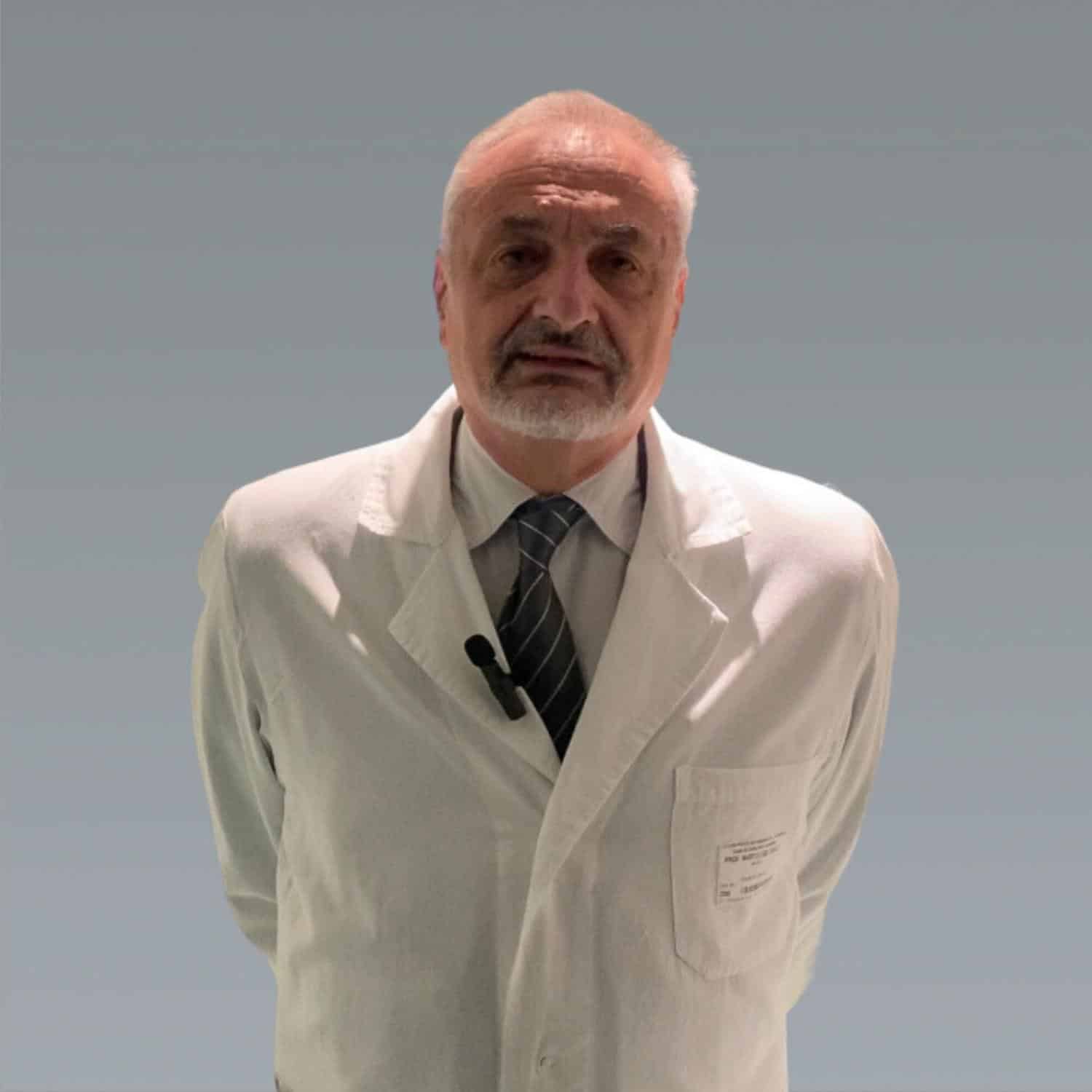Hypertension
Cardiovascular diseases, such as cerebral stroke, ischemic heart disease, acute myocardial infarction, heart failure, peripheral vascular insufficiency (aortic aneurysm and lower limb arteropathy), and renal failure, are still the most important cause of death and disability.
Prevention of these diseases is based on the recognition and treatment of major risk factors, such as high blood pressure, diabetes, and dyslipidemia. Early recognition of initial asymptomatic vascular involvement is also critical for cardiac, vascular, and renal risk assessment and is based on the diagnosis and treatment of alterations such as atherosclerosis of the carotid arteries and aorta, left ventricular hypertrophy, and initial reduction in renal function. Treatment considers multiple factors and is based on lifestyle modifications and rational drug therapy.
The “evaluation and treatment of hypertension and cardiovascular and renal risk” pathway involves the following diagnosticostrumental investigations:
- Blood chemistry tests, including evaluation of glucose, lipid and renal function profile
- Cardiac echocolor doppler.
- Echocolor doppler of the supra-aortic trunks.
- Abdominal ultrasound with echocolor doppler of the renal arteries and the internist evaluation, complete with:
- clinical history of the patient
- Blood pressure measurement in clinostatism and orthostatism
- electrocardiogram
- examination of the fundus of the eye
- objective examination
- relazione integrata finale









